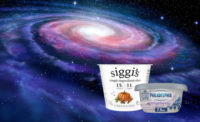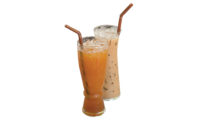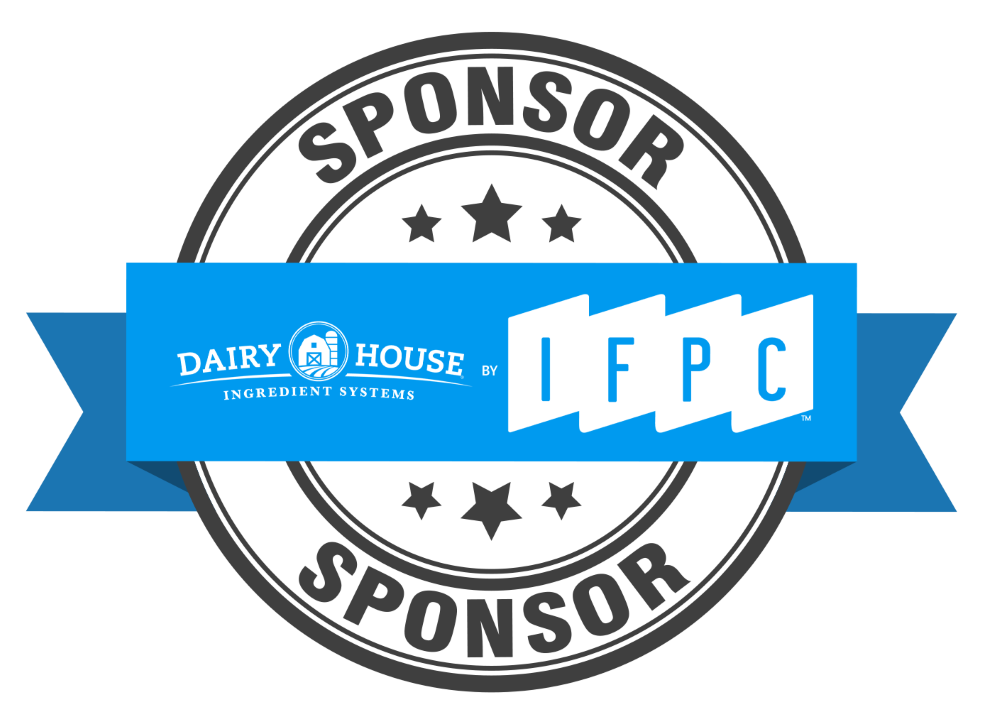
The pickleball craze is sweeping the nation. While the sport began in Washington State in 1965, the number of people playing pickleball today is skyrocketing. It grew by 159% over three years to 8.9 million participants in 2022, according to the Sports & Fitness Industry Association. Combining the elements of tennis, badminton, and ping-pong, pickleball is played on a badminton-sized 20-foot by 44-foot court in singles or doubles, inside or outside, by young and old who laud it for its social aspects and exercise benefits.
Just like pickleball is growing in popularity, health and wellness is no longer just a trendy priority; it’s a way of life. In fact, around half of U.S. consumers — a rise from 42% in 2020 — now report wellness as a top priority in their day-to-day lives.
Consumers are looking for functional, clean-label products with ingredients that bolster immunity and digestive health, improve brain and heart health, and prevent diabetes with reduced sugar or zero-added-sugar options. They’re also willing to pay more for added benefits.
“While some consumers may be turned off from purchasing clean-label products because of their higher price tag, value-oriented consumers will continue to purchase these products because they want products that align with their values,” says Dan Buckstaff, chief marketing officer for Chicago-based SPINS LLC.
“Consumers want the most bang for their buck and products that can keep up with their values. There is a demand for functionality across most categories, but … including even more is always a welcome addition for consumers looking to get the most out of their grocery choices.”
— Dan Buckstaff, chief marketing officer at SPINS LLC
In April 2022, a McKinsey Future of Wellness Survey estimated more than $450 billion was spent on wellness products and services, and that number is expected to grow at a compound annual growth rate (CAGR) of 5%.
In addition to demand for dairy products with added functionality, convenience is a “powerful driver for most innovation,” according to Buckstaff.
“Consumers want the most bang for their buck and products that can keep up with their values,” Buckstaff relays. “There is a demand for functionality across most categories, but in products that already offer a degree of functionality, including even more is always a welcome addition for consumers looking to get the most out of their grocery choices.”
In a report on the functional dairy market, Newark, Del.-based Future Market Insights (FMI) cites that dairy products, particularly fermented dairy products such as cultured buttermilk, sour cream, kefir, and new yogurts containing bifidobacteria have been at the forefront of the development of functional foods.
Part of the reason for their success is that fermented foods may reduce heart disease risk and aid in digestion, immunity, and weight loss.
In 2023, the global functional dairy products market size was valued at $44 billion, and is projected to reach $67.1 billion by 2033, growing at a CAGR of 4.5% during the 2023 to 2033 forecast period, FMI reports.
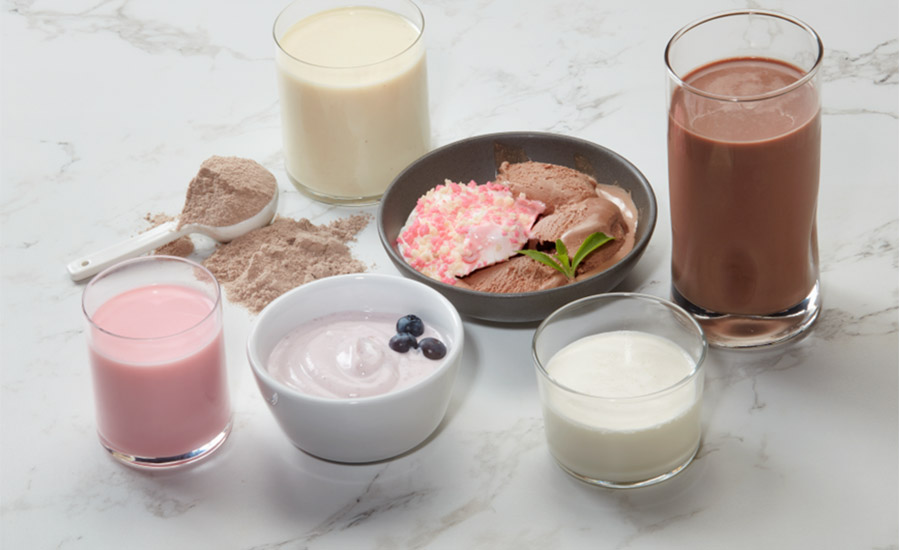
“As fermented dairy products have long been thought to provide health benefits, expanding the product range to include other health-promoting goods is a natural progression for the dairy business,” FMI states. “Functional dairy products have recently become more widely available in everyday life and have grown in popularity in recent years. Consumers' concerns about their health are driving the development of the global functional dairy products market.”
Additionally, functional dairy products have been long associated with such ingredients as vitamins, bioactive peptides, specific proteins, conjugated linoleic acid, antioxidants, organic acids, highly absorbable calcium, probiotic bacteria, and oligosaccharides. Numerous biologically active components in these dairy products are anticipated to boost the global functional dairy products market, the report adds.
Since debuting in 1987, Actimel functional cultured yogurt shots have evolved from the Original brand to more than 15 flavors (Strawberry, Multifruit, Blueberry, Mango, Turmeric, Rosehip, etc.) in six lineups: Original, Actimel Core, Plus, Supermix, 100% Dairy Free, 0% Fat, 0% Sugar and Actimel Kids. A brand of Danone, the Certified B Corp. notes that the “time is right to give the day your best shot.”
Designed to boost immunity, each ready-to-drink shot is bursting with three strains of live cultures, including Lactobacillus bulgaricus and Streptococcus thermophilus (the bacteria that turns milk into yogurt), as well as 10 billion of the company’s own unique bacteria, L. casei Danone, along with vitamins D and B6.
“We ensure that our little yogurt drinks always maintain the same amount of cultures all along shelf life and when they reach your gut,” the company says. “Indeed, L. casei Danone is a strain able to overcome the acid barrier of the stomach, reaching the gut alive for maximum benefit.”
A “winner”
Given all the health-boosting microorganisms of probiotics, Dublin-based Research and Markets notes that the global probiotic ingredients market has been on an upward trajectory, reaching $5.2 billion in 2022. Yet, growing at a CAGR of 6% during the forecast period of 2023-2028, the market research firm projects a value of $7.4 billion by 2028.
While milk and dairy products have been an integral part of the human diet for thousands of years, they will continue to play a significant role in the nutrition and development of the immune system worldwide, the report adds, particularly since consumers in the 21st century are looking for foods that bring wellness, convenience, increased health benefits, and basic nourishment.
In this context, developing new functional dairy products is a rapidly growing area in the dairy business, with hundreds of new products introduced each year, making it a key area of innovation within the global functional food market.
Adding probiotic microorganisms and prebiotic fibers is often used to formulate functional dairy products, explains An Ho, director of food science and production innovation at Fenton, Mo.-based IFPC.
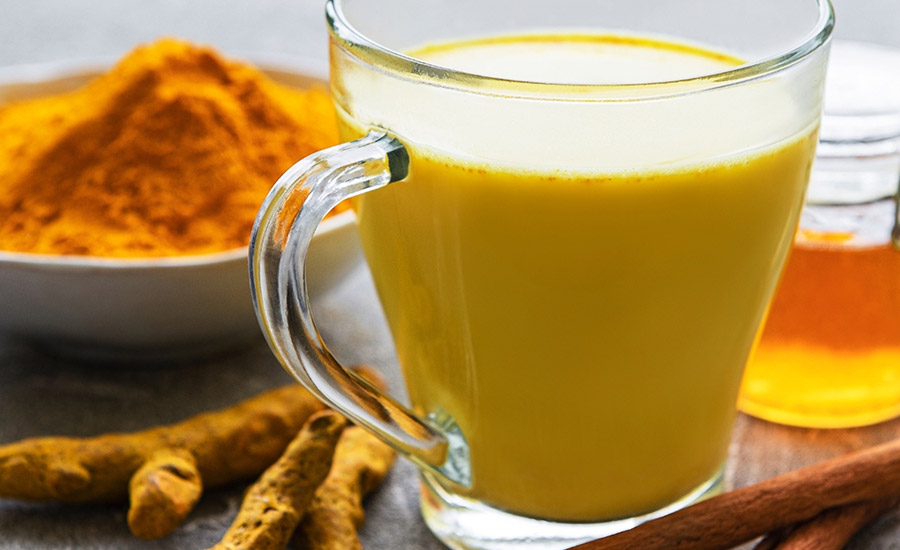
“Probiotics are live bacteria that can help promote digestive health and boost the immune system, so they are very popular in cultured dairy products,” Ho explains. “Superfoods like blueberries, acai, and pomegranate are known for their high levels of antioxidants, vitamins and minerals.”
And while the preference for functional ingredients is part of the mainstream, products with less sugar are taking top priority.
“So, flavors [and ingredients] that complement lower sugar like cinnamon, vanilla, and fruit flavors work with low-sugar dairy products,” Ho says. “There are natural flavors that can enhance a sweet perception for things like chocolate and brown notes.
“Plant-based dairy alternatives like almond, coconut, and oat milk are becoming more popular as consumers look for dairy products that are lower in fat and calories,” Ho continues. “Using these plant-based flavors into products to provide a healthier and more sustainable option for consumers.”
An “ace”
When it comes to promoting health, turmeric has been scientifically shown to support healthy inflammation levels within the body and support heart, joint, cognitive, and digestive health.
The turmeric used to manufacture TurmiMax Bio also is sustainably sourced from local farmers in India who cultivate the crops without the use of chemicals and strictly follow USDA Organic farming practices.
Formally launched at SupplySide West in Las Vegas in October, TurmiMax Bio, an ingredient of NutriOriginal, is applicable for such dairy foods and beverages as ready-to-drink golden milk, ice cream, and turmeric cheese, the Fairfield, N.J.-based company says.
A cost-effective formulation solution for supplements, functional foods, and beverages, TurmiMax Bio is a 95% standardized turmeric extract ingredient that guarantees exceptional bioavailability, enhanced absorption, and full dispersion and solubility in water.
Developed in collaboration with Star-Hi Herbs based in Bangalore, India, TurmiMax Bio redefines the potential of turmeric supplementation with its patented blend of naturally occurring curcuminoids and its proprietary OptiBio Assurance process.
H.M. Firoz Hussain, co-founder and managing director of Star-Hi Herbs, explains, "Our goal was to go beyond delivering a standard 95% curcuminoid extract. Through the proprietary OptiBio Assurance process matrix, we’ve entered a new frontier in bioavailability that optimizes the potential of traditional turmeric."
TurmiMax Bio not only provides exceptional value, but provides the highest stands of quality, efficacy, convenience and sustainability, says Gonzalo Marin, CEO of NutriOriginal.
“We believe TurmiMax Bio stands as an innovation breakthrough reflecting these shared values,” Marin says. “We’re not just providing a raw ingredient; we are delivering on our commitments to effectively support and enhance consumer health; ensure scientific validation; provide optimal value; and respect traditions and the earth."
Also with an eye on protecting the planet, in September, Holzminden, Germany-based Symrise released new high protein, high fiber ingredients made from chickpea and aquafaba flakes. Aquafaba — literally, “bean water” in Latin — describes the cooking water of clean-label chickpeas.
Pre-cooked, these kitchen-like ingredients are easy to use and have a long shelf life of up to 18 months.
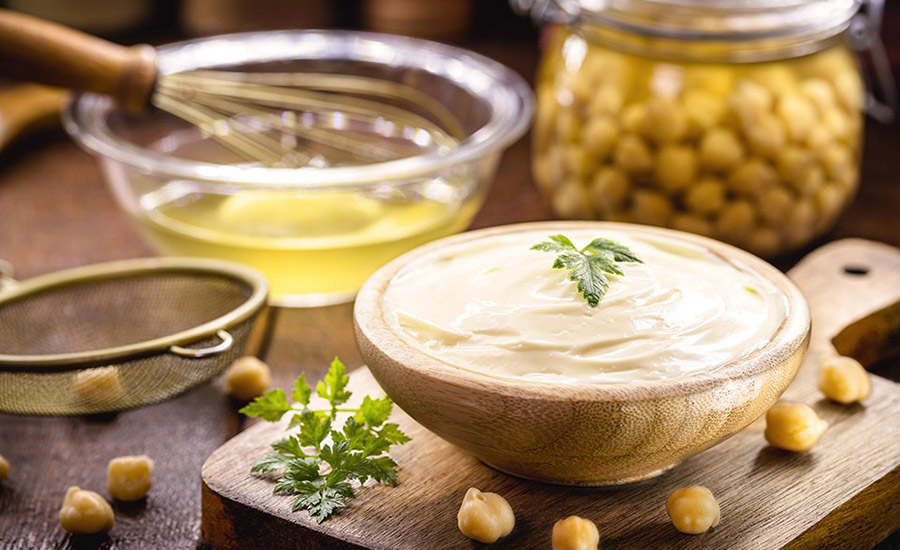
Aquafaba flakes, which act as a vegan alternative to egg yolk, are comparable in texture and taste to mayonnaise and salad dressings, while chickpea flakes, with a high protein and fiber content, bring texture and juiciness to a wide range of applications, including falafels, healthy snacks, and dips such as hummus, the company says.
Speaking of dietary fibers, Arizton Advisory & Intelligence reports that in 2022, the dietary fibers market was worth $6.65 billion and due to its expanding popularity in urban markets is forecasted to nearly double in size by 2028 to $11.48 billion, growing at a CAGR of 9.5%.
With consumers on the lookout for functional dairy products that taste good and provide all-important health benefits, dairy ingredient suppliers are tasked with giving consumers what they clamor for.
IFPC’s Ho suggests that “brown flavors” are an ongoing flavor trend unlikely to disappear. Traditional tastes like sea salt caramel, bourbon vanilla, and toasted coconut provide a sophisticated and high-quality taste profile, while dairy products with indulgent and comforting flavors like chocolate, caramel, and cookie dough provide comfort and satisfaction.
“Spiced flavors like cinnamon, nutmeg, and ginger are becoming more popular in dairy products. These flavors provide warmth and coziness for the colder months. Pumpkin complements these notes,” Ho says. “Savory flavors like garlic, onion, and herb-infused cheeses are also becoming more popular. These flavors provide a more complex addition to the traditional cheese.”
Experts affirm that when it comes to ingredients, sustainability will remain a top priority when it comes to sourcing. The ability to extend shelf life, scientific proof of efficacy, and consumers’ desire for more indulgent, natural, and artisanal flavors will drive dairy product flavor trends.
Ho concludes, “As consumers become more educated about food and nutrition, they are also looking for ingredients and flavors that are healthier, natural, and authentic.”
Of course, consumers seeking health benefits should also hit the court to try their hand at pickleball as well.


